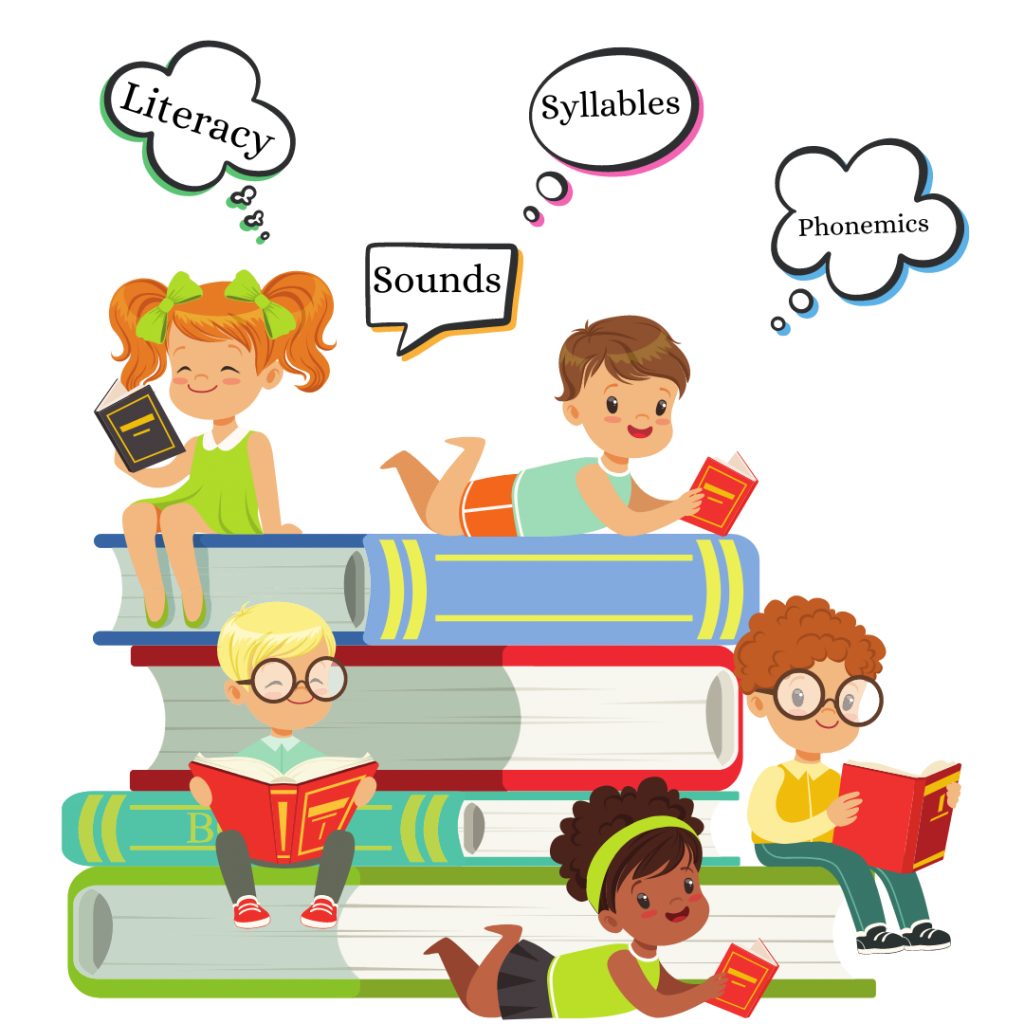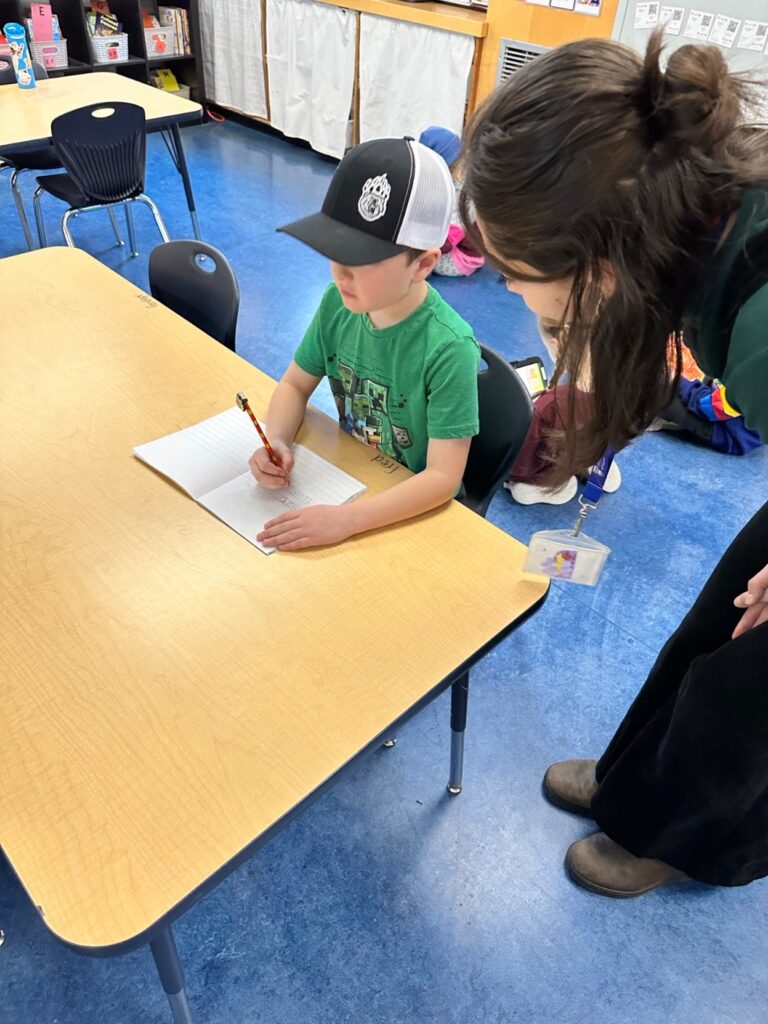
Observing student interaction throughout the morning was very enjoyable. The class began with a “soft start,” where the teacher displayed an image on the smartboard depicting a sleeping bear in a cave during winter. The students clearly understood what was expected of them, as the teacher had created a rubric that outlined these expectations. Part of her reward system included a sticker booklet, where students earned a sticker for completing each task. Once the booklet was filled, they could exchange it for a prize. After the soft start, the students moved to the carpet for a UFLI (Universal Foundational Literacy Instruction) lesson. They began by reflecting on the phoneme they had learned previously and discussed how to use it. From there, they moved on to a new phoneme and practiced using it in sentence structures. Next, the students returned to their desks, pulled out magnetized phoneme booklets, and practiced applying the new phoneme in words. They also used whiteboards to write sentences as a class. The teacher had a system for checking their sentences called CAPS:
C: Capital letter at the beginning of the sentence
A: Appearance and proper use of finger spaces
P: Punctuation at the end of the sentence
S: Spelling rules

The students were enthusiastic about Heidi’s Songs, which are literacy-based songs. After this, the class was divided into four groups: some students played Reading Eggs on iPads, while others worked on finishing sentences. This concluded my observation for the first session in the classroom.
During my second visit, the class started similarly with a “soft start.” This time, the smartboard displayed an image of a hummingbird about to eat a seed falling in springtime. Many students and staff were sick with the flu that day. Since the teacher knew she would be absent the next day, she planned for the students to complete two UFLI lessons to ensure they wouldn’t fall behind in their program. The students progressed through the lessons with flying colors, following the same structured routine as before. This consistency helped the students understand the teacher’s procedures and expectations. I would be highly interested in seeing these students at the beginning of the year to observe their growth over the months leading up to January. Witnessing the progression of a kindergarten class transitioning through this program would be even more fascinating, as I believe it is highly effective and greatly benefits students’ reading and writing comprehension.

Connections to ELA Curriculum:
Language and story can be a source of creativity and joy.
- This is clearly shown through the soft start mornings which intrigues students with visual prompts, and activities like Heidi’s Songs foster a love of language and creativity, creating a joyful learning environment.
- Students learn to engage with the content in many ways like songs, writing, and reading games, aligning with the joy of learning.
Stories and other texts help us learn about ourselves, our families, and our communities.
- Phonemes and structured writing activities within UFLI helps students build the skills to engage with and create their own stories.
Recognize how language is used to make meaning.
- Students reflect on and practice phonemes, learning how sounds form the building blocks of words and sentences.
Develop foundational reading and listening skills.
- The UFLI program and activities like Reading Eggs support students in developing phonemic awareness, reading comprehension, and listening skills.
